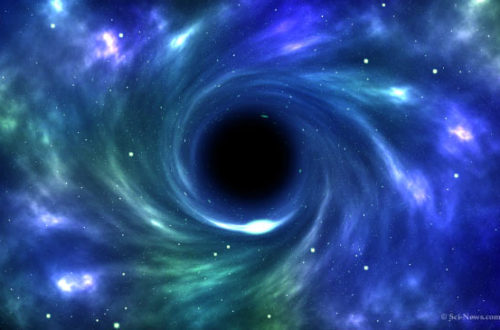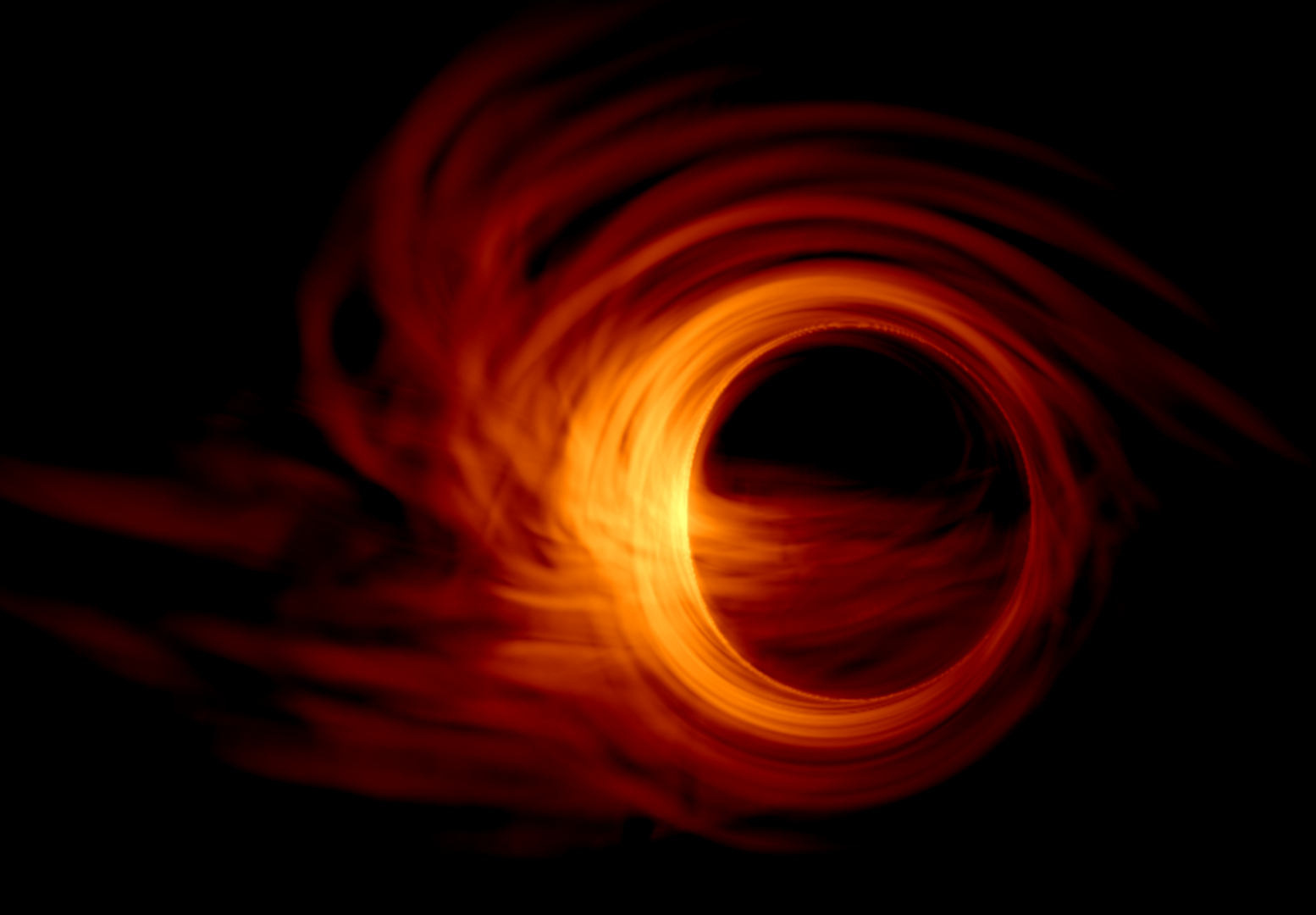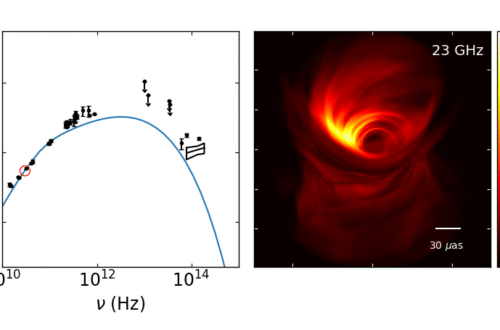No, not the West Side Story musical kind… (although they are awesome)
The Jets gang from West Side Story.
So our research group is called Jetset. We work on trying to figure out the physical processes that launch jets of matter and light from (very close to) black holes.
So what are these jets actually? In the astrophysical sense, jets are linear beams of charged particles like protons and electrons (aka plasma) that are emitted along the rotation axis of an astrophysical object, like a black hole. Jets launched from black holes reach speeds close to the speed of light. These super fast moving outflows of plasma exhibit the effects of relativity and we call these relativistic jets.
But where do these jets come from? We know that accretion (see my blog post about that astrophysical process from last time) plays a role. But, as we used to say on Facebook, it’s complicated. Magnetic fields play a role too, but again we’re not exactly sure how. Plus, black holes don’t have a physical surface, so even identifying exactly where the jets actually launch from is not straightforward.
And there are a few reasons for this. Firstly, the gravitational and magnetic fields close to black holes are extremely strong. This causes the light and matter around a black hole to be seriously complex and sometimes even confusing. It takes a fair amount of maths and some robust computational power to try and model what’s happening in these extreme environments.
Another challenge is that we cannot directly image magnetic fields. We can only observe the effects magnetic fields have on light and matter.
Observationally, we require very detailed images from very close to the black hole to be able to see these jet structures. And until recently, we didn’t really have that kind of technology. Things are starting to change now, with telescopes like the Event Horizon Telescope (EHT) taking images of black hole shadows and magnetic field structures around a supermassive black hole. Plus this instrument recently saw right up close when a jet was launched from a supermassive black hole!
And that’s just supermassive black hole jets! These jet structures are actually pretty common throughout the universe. From the remnants of massive stars, aka neutron stars and stellar black holes, to dying low mass stars and even stars that are still forming; astrophysical jets can be seen in a wide variety of environments. I’ll leave you with some more gorgeous pics below.





